Rails Around the World Two Centuries of Trains and Locomotives
by Brian Solomon
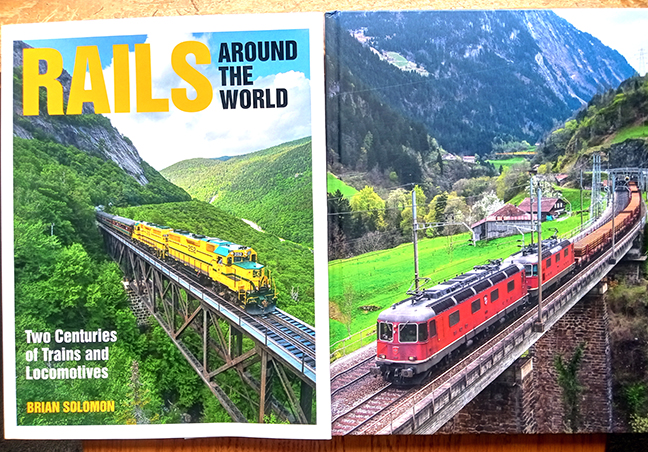
Image on dust jacket differs from that of book’s actual cover and neither image appears anywhere in the book. Dust jacket is GM Electro-Motive Diesel painted in the livery of Maine Central, shown pulling an excursion eastbound over the Willey Brook Bridge at Crawford Notch, New Hampshire. It’s one in the family of engines that includes F units. The book’s cover (r) shows a Swiss Re 6/6 mated to an Re 4/4 therefore identified correctly as an Re 10/10, first introduced in 1972. Although location is not clearly identified, from looking closely at other images in the book, it may be the Gotthard Pass.
Railfans are known for “chasing steam” meaning following, as best possible, along the route of a particular engine or train that is underway. Some fans even travel far from home—even to other lands—to see and experience in person the machines that so fascinate them. It’s unlikely, however, that many travel to as many lands as railfan photographer and author Brian Solomon.
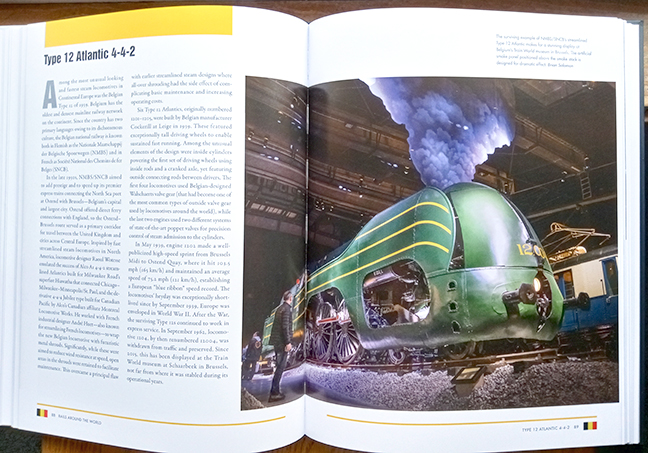
Looking quite futuristic and certainly streamlined is the Belgian Type 12 Atlantic 4-4-2, yet they date to 1939! This particular engine is on display in the Belgian Train World museum in Brussels and that’s not real smoke but a one-dimensional panel mounted above for dramatic effect. One of these engines holds a record for top speed of 103.5 mph (165 km/h) with sustained speed of 75.2 mph (121 km/h).
All that travel, coupled with his ability to write, has resulted in this survey of railroading over time—two centuries as the subtitle indicates—in nearly twenty countries on three continents. Oh, and take fine photos, too. As the book’s photo credits show, most of the contemporary images Solomon shot while others of vintage engines were sourced from his personal collection. Best yet, he’s got a good eye and a clear way of communicating, and MBI, his publisher, did a fine job presenting all bound between hardcovers.
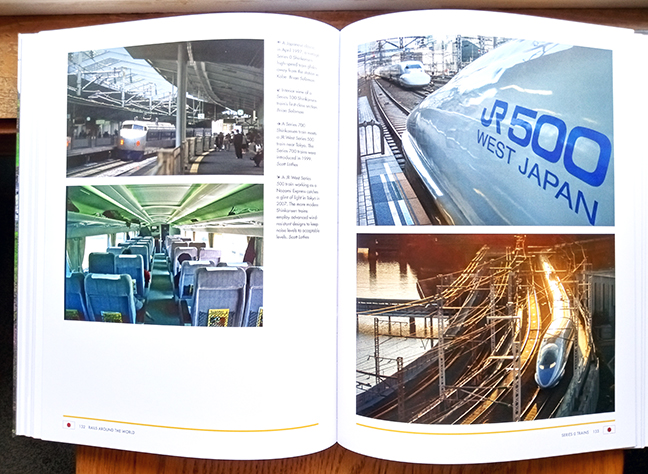
Japanese Series 0 trains also have a futuristic, streamlined shape. Their debut was timed to coincide with 1964 Tokyo Olympic Games. They remained in production for 23 years working 12- or 16-car consists. Left page is, outside and in, Series 100. Even newer, more radical Series 700 is top right and a Series 500 is shown working in 2007 as a Nozomi Express.
The publisher’s page designer deserves recognition for she, Elizabeth Van Itallie by name, used a clever touch emphasizing the international aspect. She placed the flag of the nation in which a particular set of pages is set in the lower outside corner of each page. Occasionally though, it might have been more appropriate for flags of multiple lands to be used. One such instance has Sweden’s flag decorating the pages yet the largest image is that of an American Amtrak Class Rc Electric pulling its consist. So what’s the deal? Brian Solomon explains in his text how Amtrak had done some comparative shopping and found the Swedish designed and built “ASEA Re-4 best suited to its application” so had several “assembled under license by EMD at La Grange, Illinois . . . Initially, Amtrak ordered forty-seven . . . but later bought additional locomotives.”
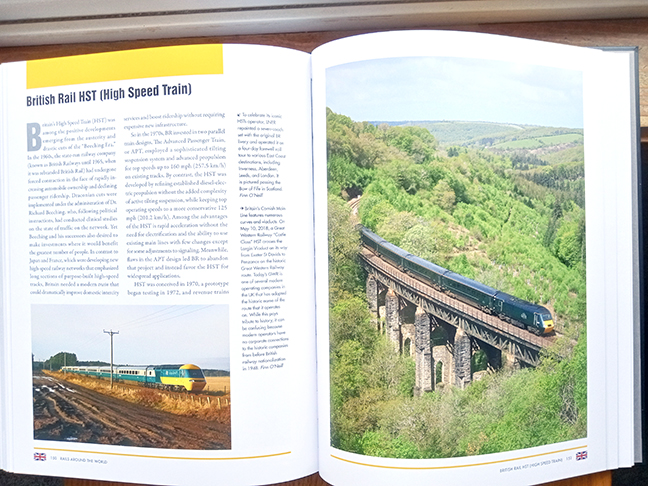
This page pair is the British version of high speed rail as the pages header indicates. These debuted a decade after the Japanese Series 0s and by 1982 there were ninety or so in service. The 2000s brought electrification, ending HST operation in the UK.
Another chapter that could (really should!) have seen multiple flags used tells of GM’s B121 diesels for they proved to be so reliable, well-conceived and -built that “they established GM as Ireland’s locomotive supplier for three decades” as they were built in Ireland under license and “colloquially known as ‘Yanks’ which distinguished them from the rest of the largely British-built diesel fleet.”
The book is chock full of these interesting tidbits of global railroading across the ages. Some concern track gauge; which countries used what and how that was handled when a train—or its cargo—was bound for the other side of the border where track was of different gauge—especially in Europe. By the way, those differing gauges were more than the narrow and standard experienced in the US, On the European continent there was narrow, standard, and wide not to mention differing trucks to adapt to differing situations so rather unusual B-B-B and B-B wheel arrangements on C trucks.
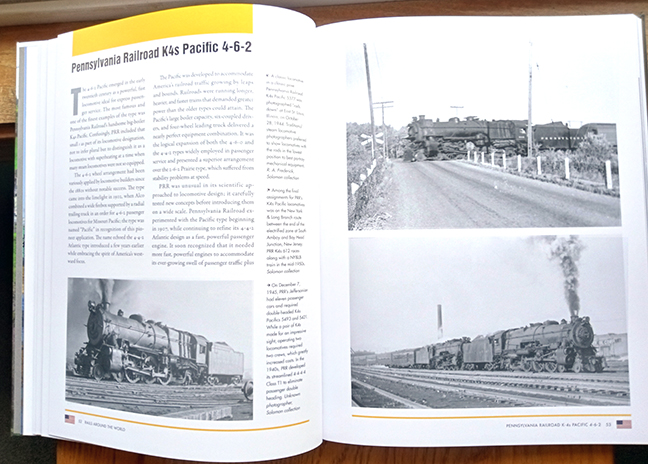
The 4-6-2 wheel arrangement has been in use since the 1880s, really coming into its own as Alco, which used a wide firebox, utilized it. All three images on this page pair are Pennsylvania Railroad operated as it had realized it needed fast, powerful engines to keep its ridership satisfied and increasing.
Appropriate to mention here, too, Solomon doesn’t expend precious page space explaining terms or basics of railroading. So if a term is unfamiliar, it’s left to the reader to search out defining and understanding.
The images on the pages contain so much detail you dare not merely glance at them but need to pause and study each just as the text contains so much detailed info that one is cautioned to read with care and attention. Solomon provides such an interesting and engaging way to “travel the world” that I arrived at the last page reluctantly. That said, the book has a fine Bibliography grouped by types of literature thus offering readers the opportunity to delve into other aspects as may be of particular interest.
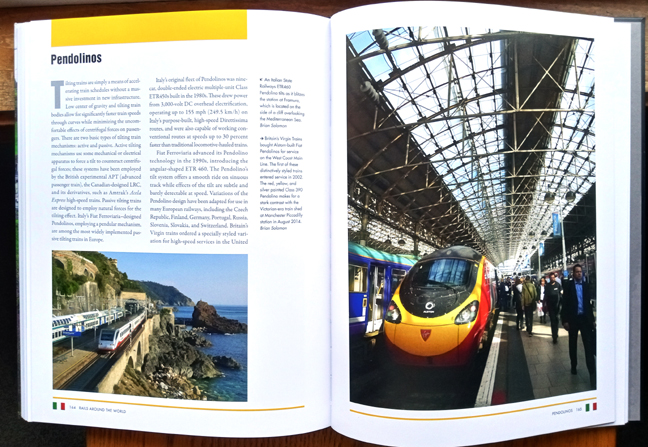
Pendolino is by definition a high-speed Italian train many of which employed a pendular mechanism permitting the train to tilt to either side rendering them capable of running on conventional tracks at up to 30% faster speeds than non-tilting trains. Additionally, as this page pair shows, they were aerodynamic no matter which generation; left page the ETR 460 more angular than the Class 390, circa 20-teens on facing page.
If railroading history intrigues you, this book offers a lot for a very reasonable price. From American 4-4-0s, then 2-8-0s, Shays, and then those great and powerful compounds to whimsically named Doodlebugs and Wind-Splitters to Germany’s Flying Hamburger or the Vladimir Lenin Electrics of (where else?) the Soviet Union, Rails Around the World is a grand tour across time the globe around.
Copyright 2023 Helen V Hutchings, SAH (speedreaders.info)


 RSS Feed - Comments
RSS Feed - Comments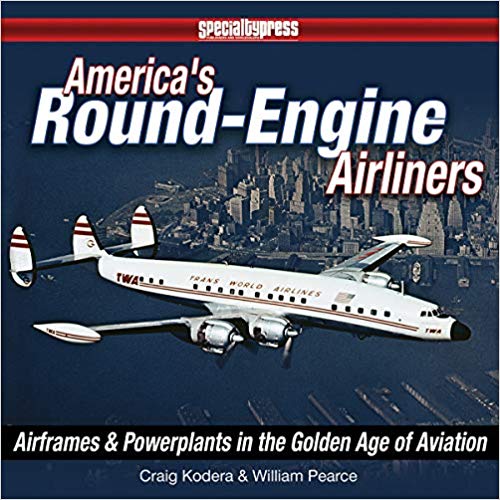



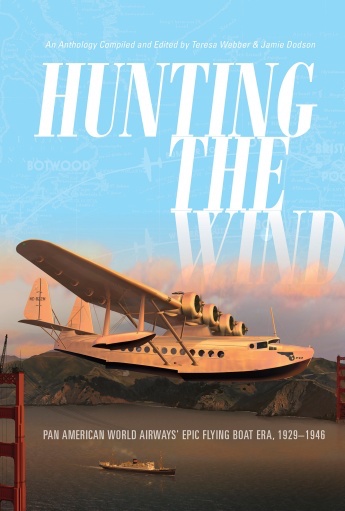

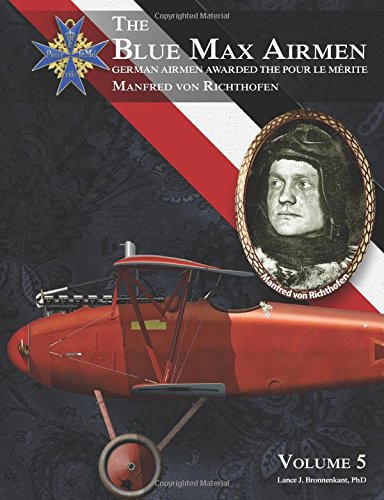

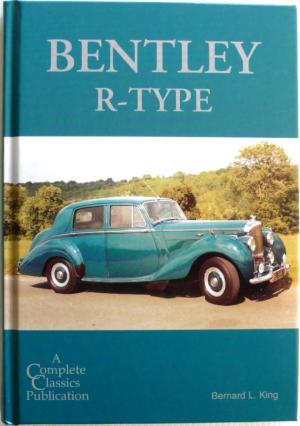
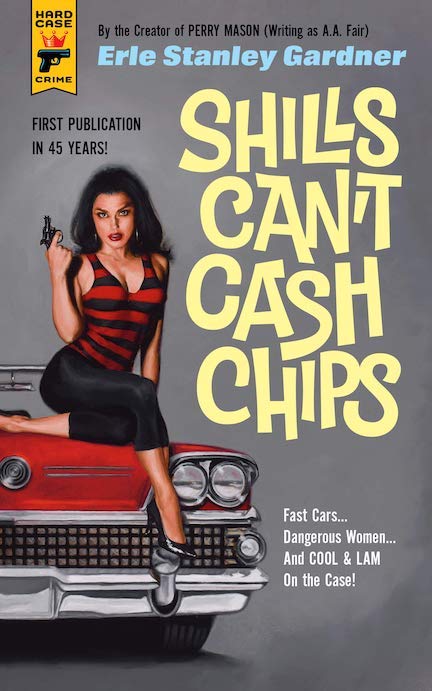




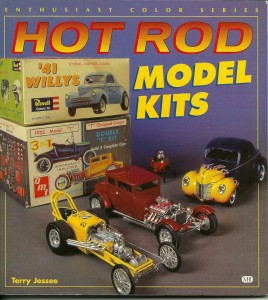
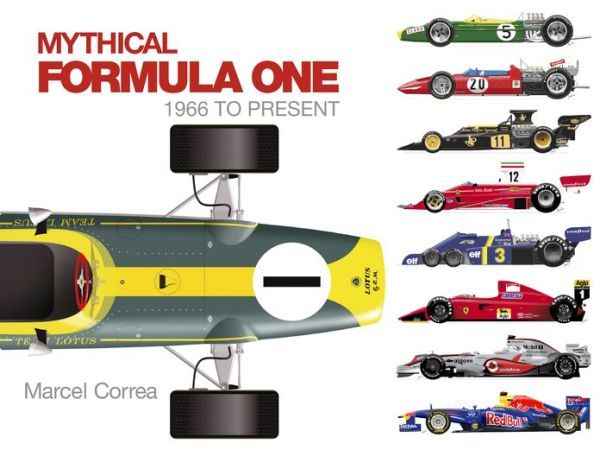
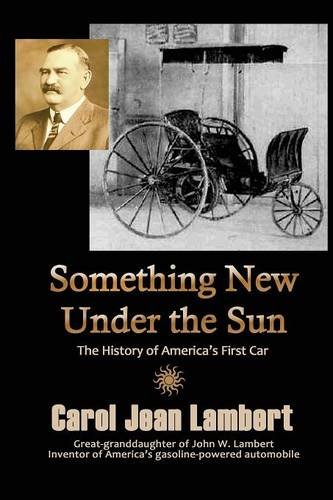
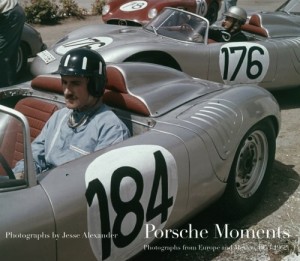


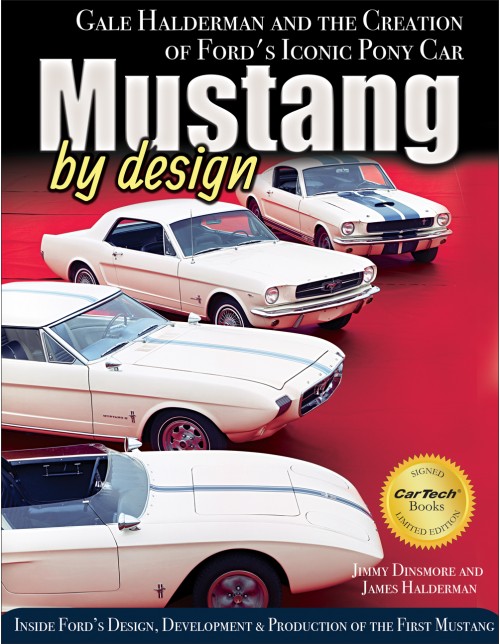
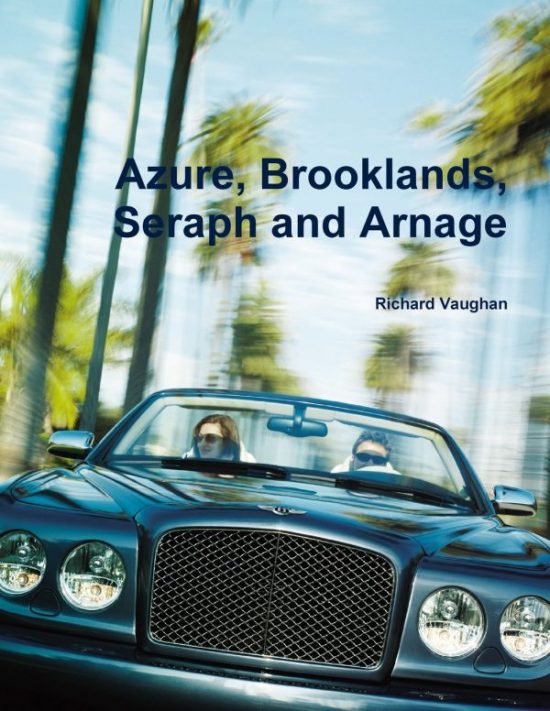
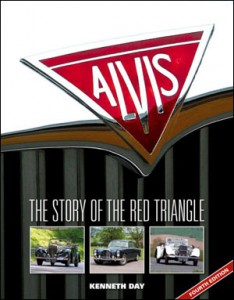
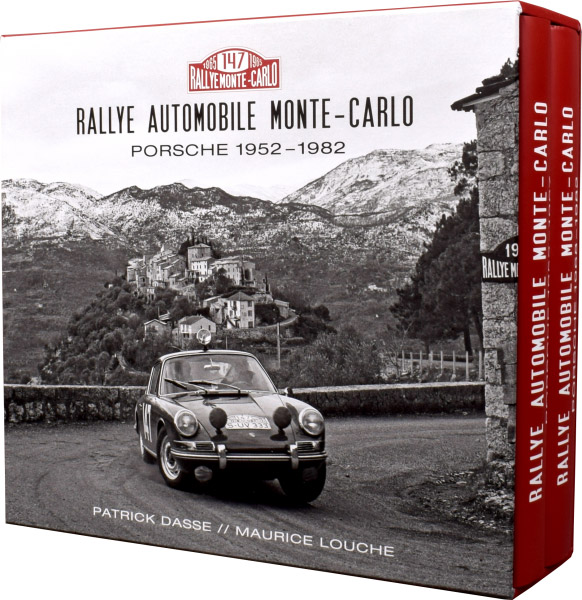
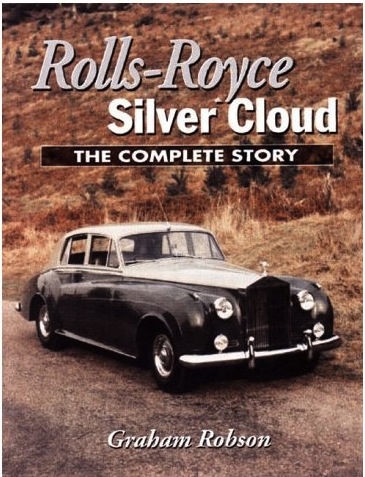
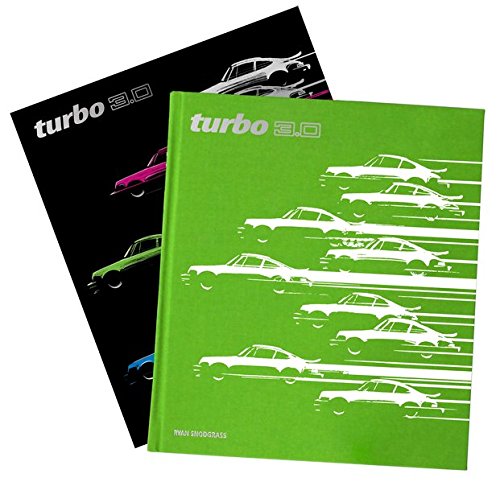


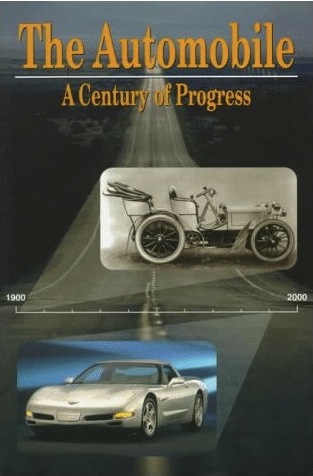




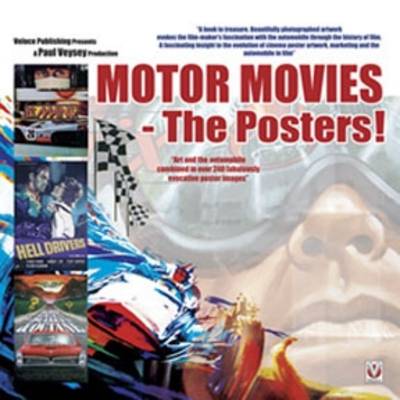

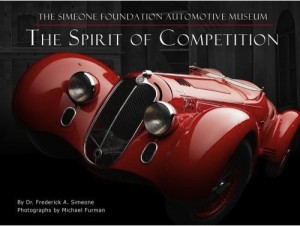



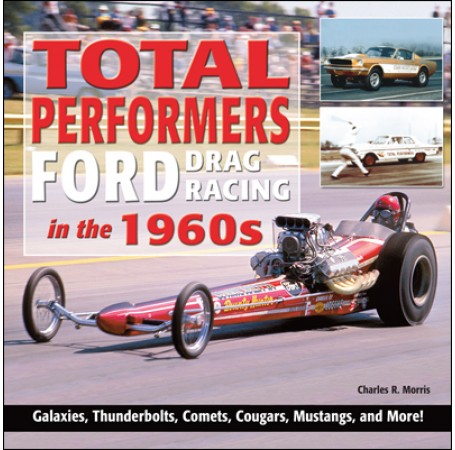
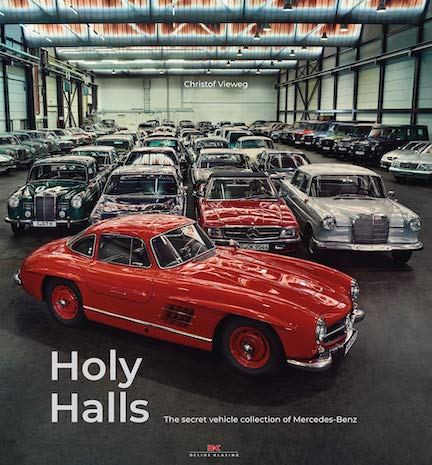




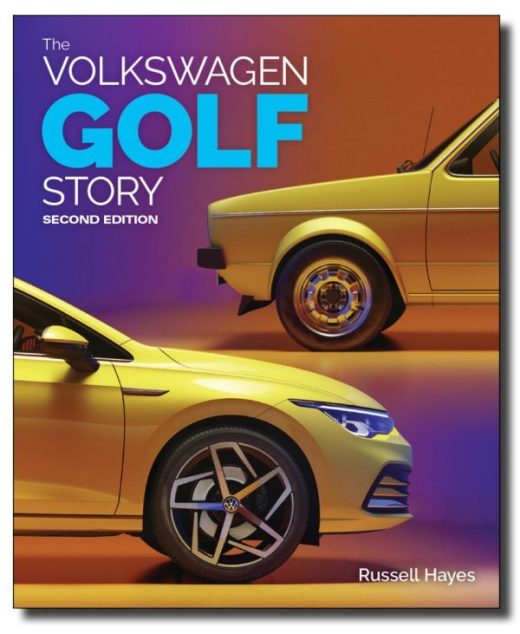
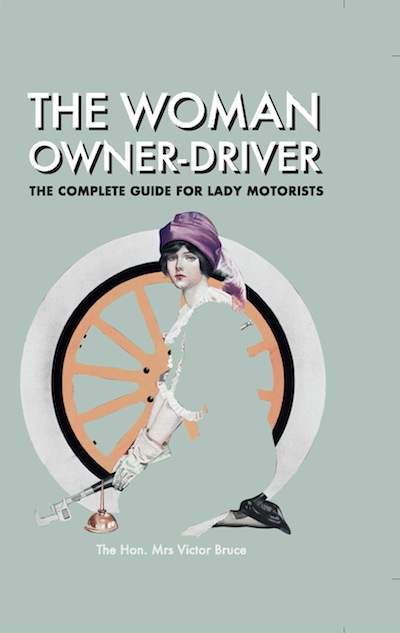
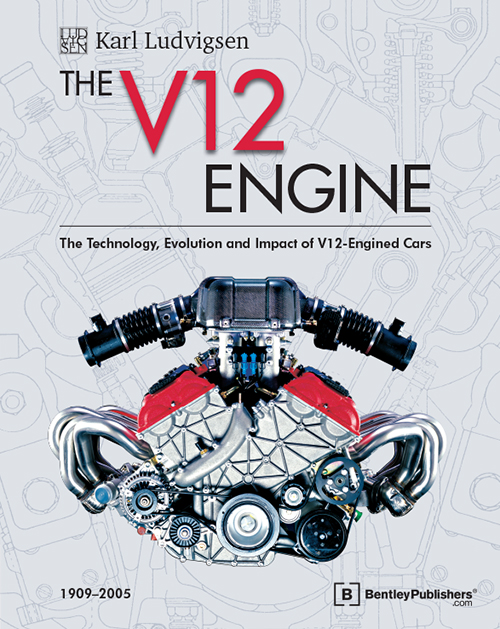
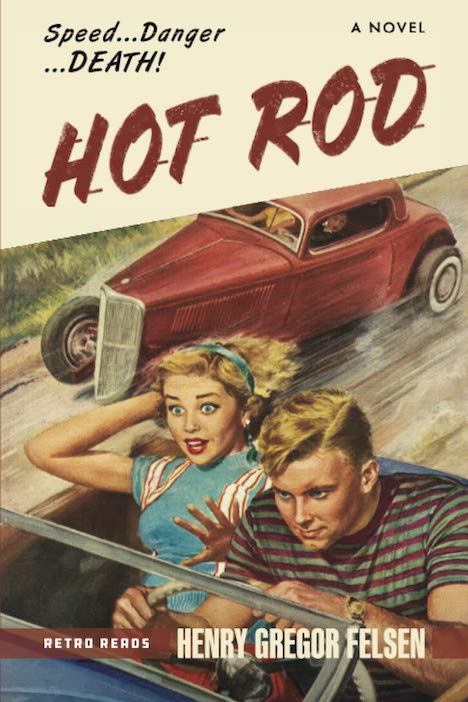


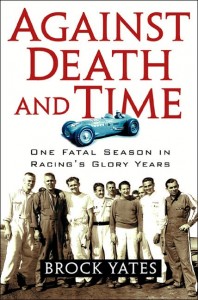

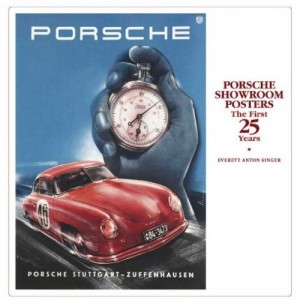
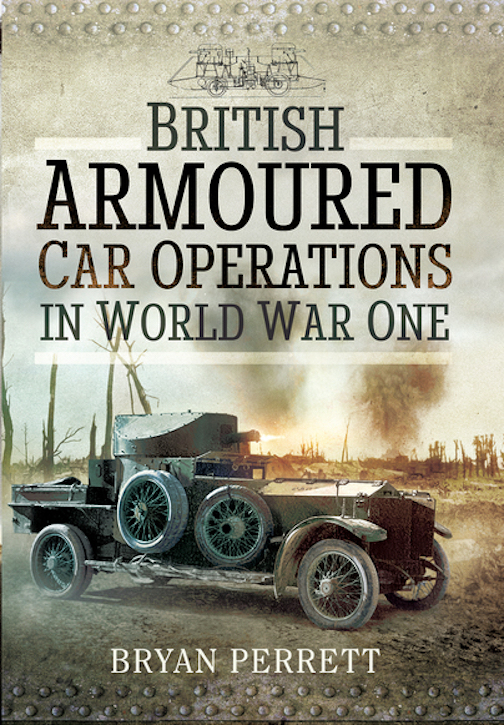




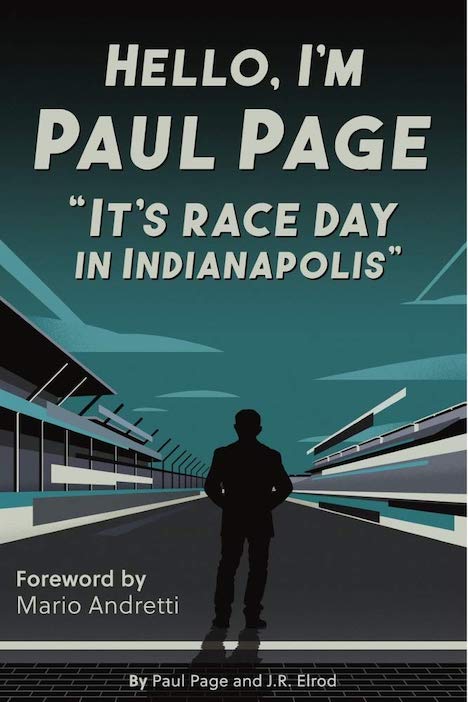
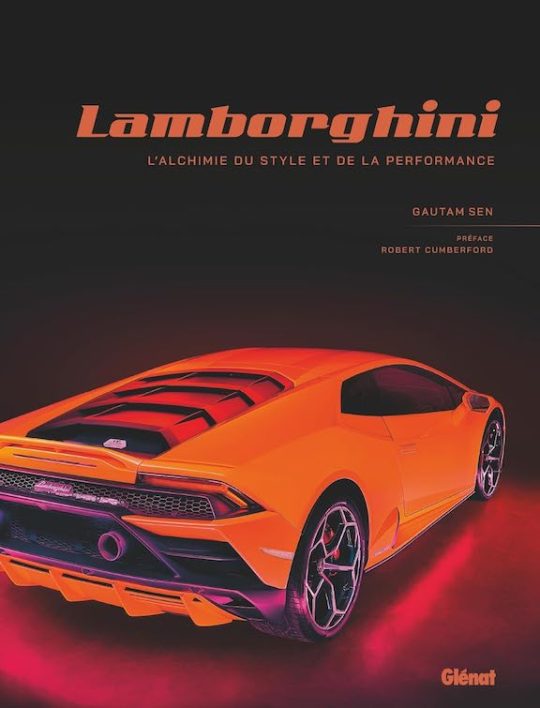
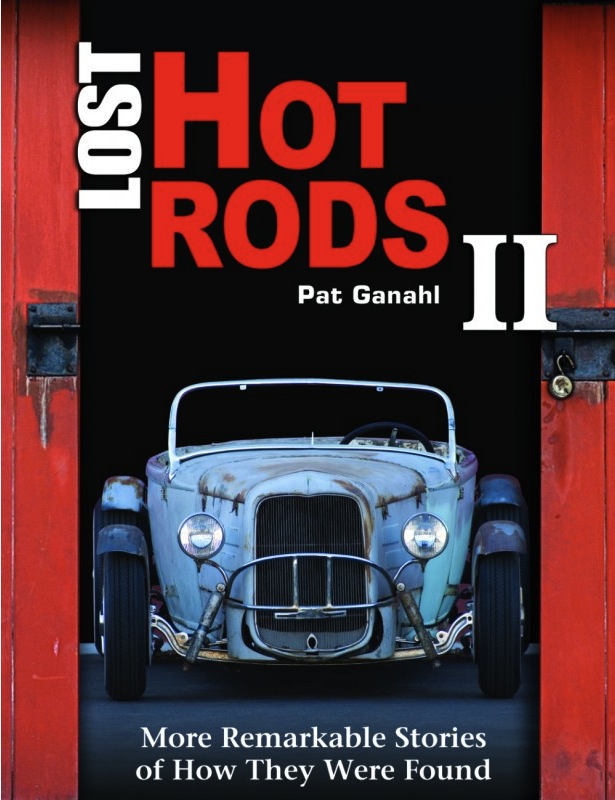

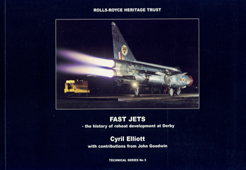
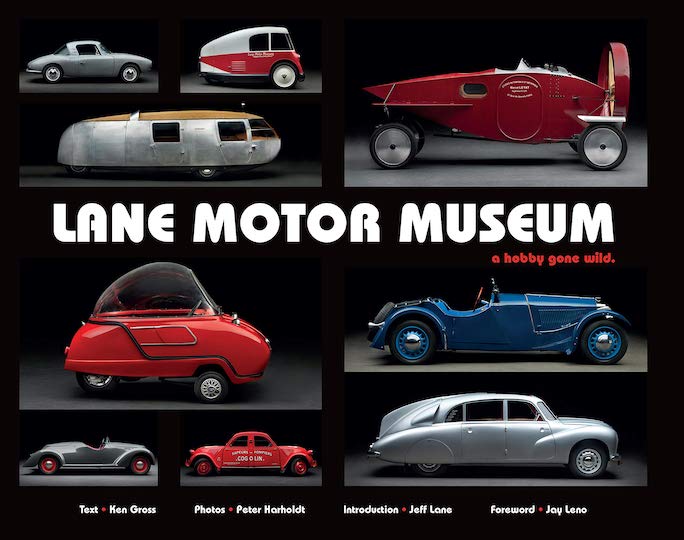

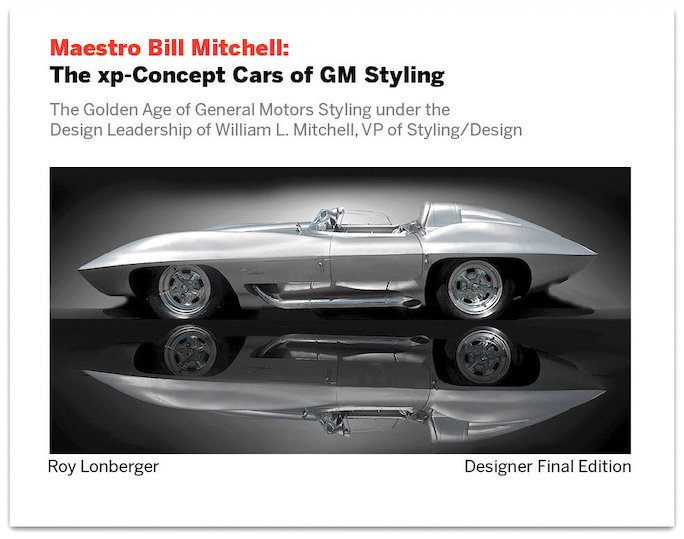


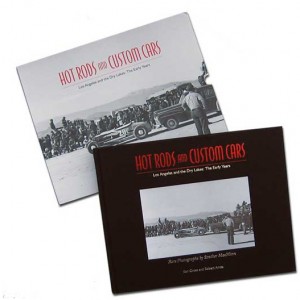

 Phone / Mail / Email
Phone / Mail / Email RSS Feed
RSS Feed Facebook
Facebook Twitter
Twitter